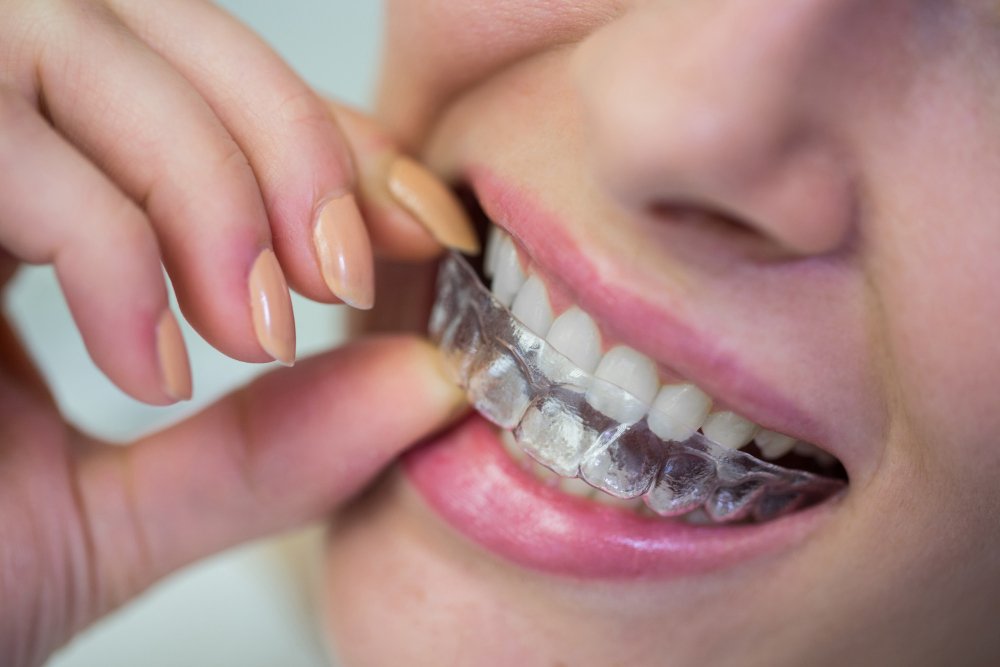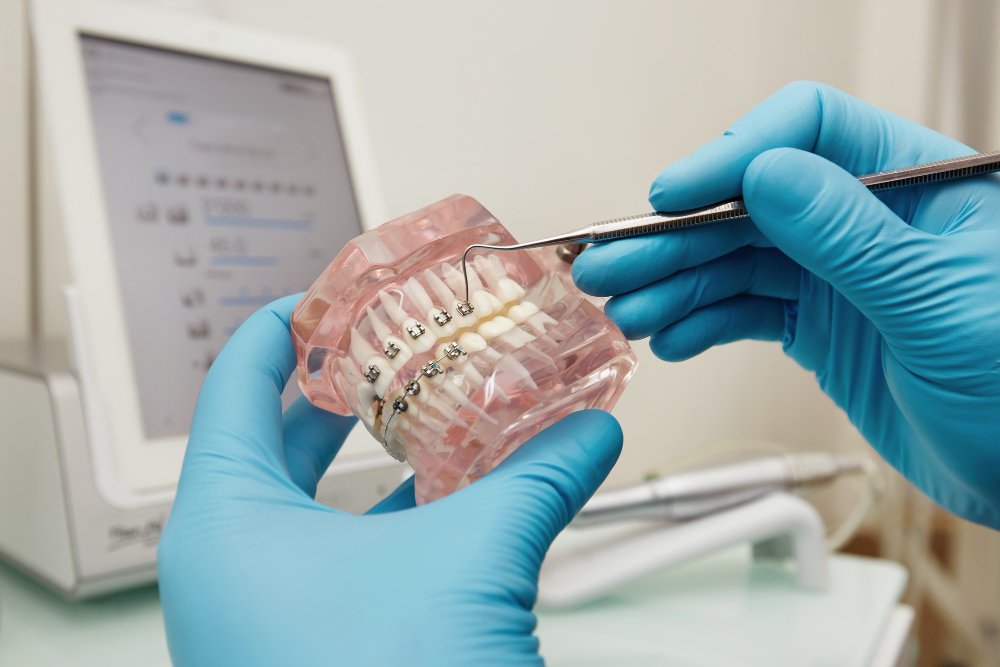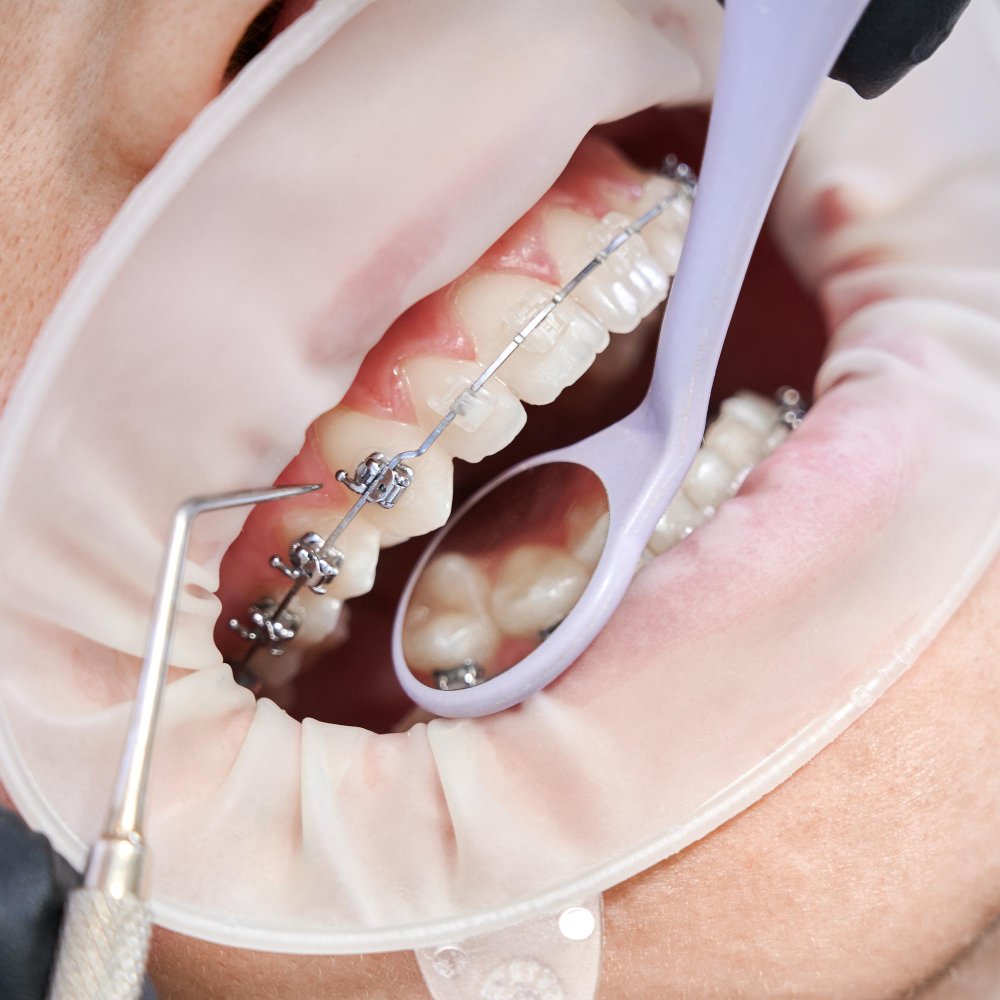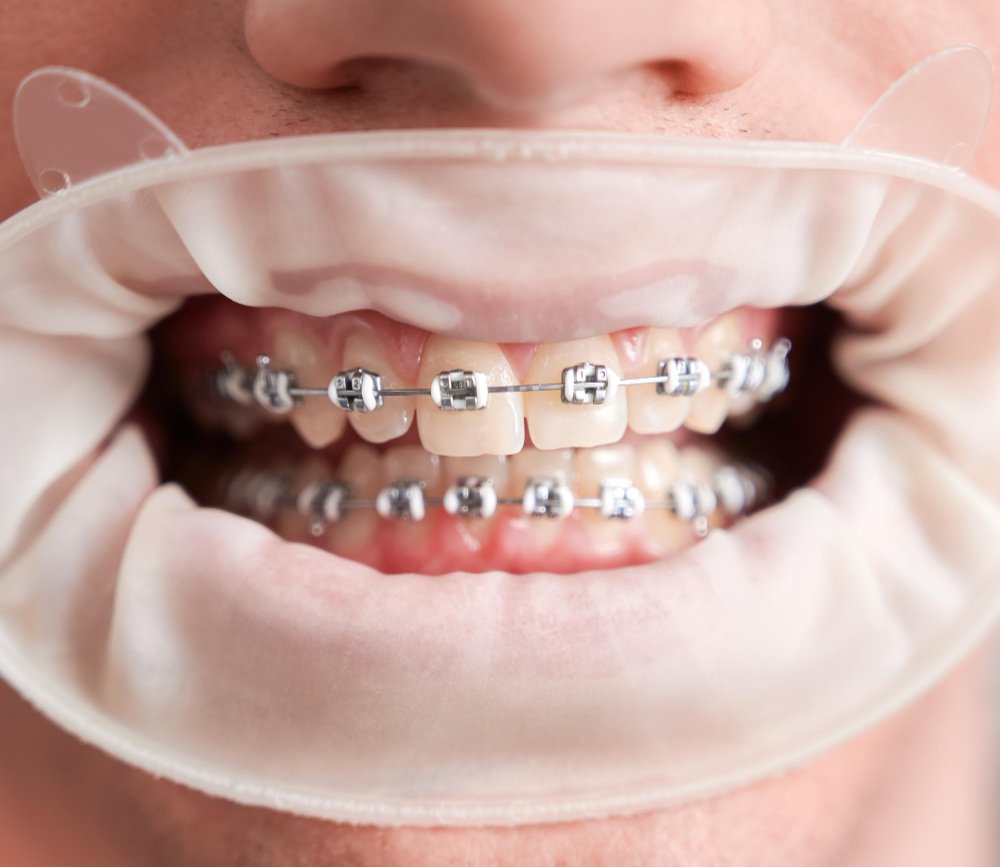The duration of orthodontic treatment varies greatly depending on the complexity of the case, the type of appliance used, and how consistently the patient follows instructions. Generally, treatment can range from 12 to 36 months, with some simpler cases taking less time and more complex ones requiring longer. As for pain, you might experience some mild discomfort or soreness after initial placement of braces, or after adjustments, as your teeth begin to shift. This discomfort is usually manageable with over-the-counter pain relievers and typically subsides within a few days. Modern orthodontic techniques are designed to be as comfortable as possible.





